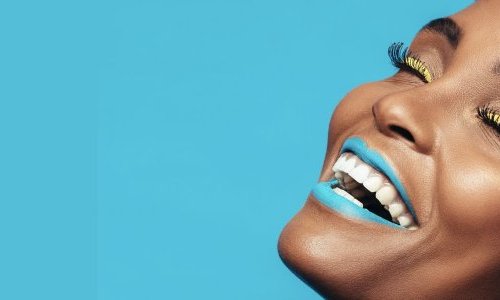Last February, Shiseido was the first among the leading Asian cosmetic companies to announced its will to eliminate on animal tests in line with the European ban. “Shiseido does not test its cosmetic products on animals, under any circumstances. As for cosmetic ingredients, we do not conduct animal testing save for exceptional cases where it is required by law, or where there are absolutely no other alternative methods (…). Shiseido’s goal is to eliminate ‘animal testing’ for cosmetics, rigorously working to ensure the safety of cosmetics, in order that our customers can feel safe to use them, while paying full respect to animal protection as well. Shiseido shall proactively seek the abolition of animal testing in line with EU regulations,” the company explains.
A few weeks later, Shisieido’s Korean competitor, Amore Pacific, made a similar announcement. “Amore Pacific is responding to the wishes of our consumers,” said the company. “We look forward to the time when there will be a global agreement to end animal testing for cosmetics.”
Joint pressure from industry and NGOs
On this issue, the views of the industry leaders have changed dramatically. Now that the full ban on animal testing is implemented in Europe, China’s maintained obligation to test cosmetics on animals is seen as both an unnecessary burden and a barrier to market access. And it is also viewed as a risk for the brands’ image. Thus, a number of companies have refused to sell cosmetics in China until it becomes possible to do so without animal testing.
“Traditionally, animal protection groups and industry have been on different sides in the debate over cosmetic regulation. However, with the China FDA consultation in progress, our sister organisation Cruelty Free International has adopted the innovative approach of a joint submission with leading European companies keen to avoid mandatory animal testing in China,” commented Cruelty Free International in a release.
Thus, companies such as The Body Shop, L’Occitane, Montagne Jeunesse and Marks and Spencer have joined forces with the animal rights activists to try to change the Chinese regulations.
Governmental moves
Apparently, these pressures are producing effects gradually. The Chinese government, which until recently was hardly concerned with this issue, has repeatedly expressed there was no objection in principle to a regulatory change.
After a first step consisting in the recognition of some alternative methods, the Chinese authorities have recently announced that the reform of the regulation governing cosmetic products would address this issue.
The Chinese authorities have invited input from industry and other interested parties in a review of cosmetics regulation, with new proposals expected by the end of the year. China does not make a commitment to alternatives, but animal rights groups see it as an opportunity to press for positive change. “This is the first review of Chinese policy in the area for a quarter of a century and we are eager to seize the opportunity,” says Cruelty Free International’s Chief Executive Michelle Thew.
| FOR A BETTER UNDERSTANDING OF CHINESE REGULATIONS To better understand the Chinese regulations on the import of cosmetic products, SEYCO (Sino-European Yihong Consulting Ltd.), in partnership with PremiumBeautyNews.com, provides you with an entirely bilingual (English-Chinese) collection of the cosmetic products regulations in China. Check here. |
The Humane Society International also confirmed recently that Korea is to develop its first national centre of excellence for the development and validation of alternatives to animal testing.
With 166 billion Korean Won (USD 145 million) allocated to the project, the centre is expected to be completed by 2016. It will focus on developing new microbial, cell, tissue and in silico approaches that can replace, reduce or refine the use of tests on animals.
This change of attitude on the part of Asian authorities is more than the expression of a sudden and new attention to animal welfare. The overall aim is also to ensure the competitiveness of local industries towards regulatory developments in Europe in both the cosmetics and chemical fields (REACH).




























